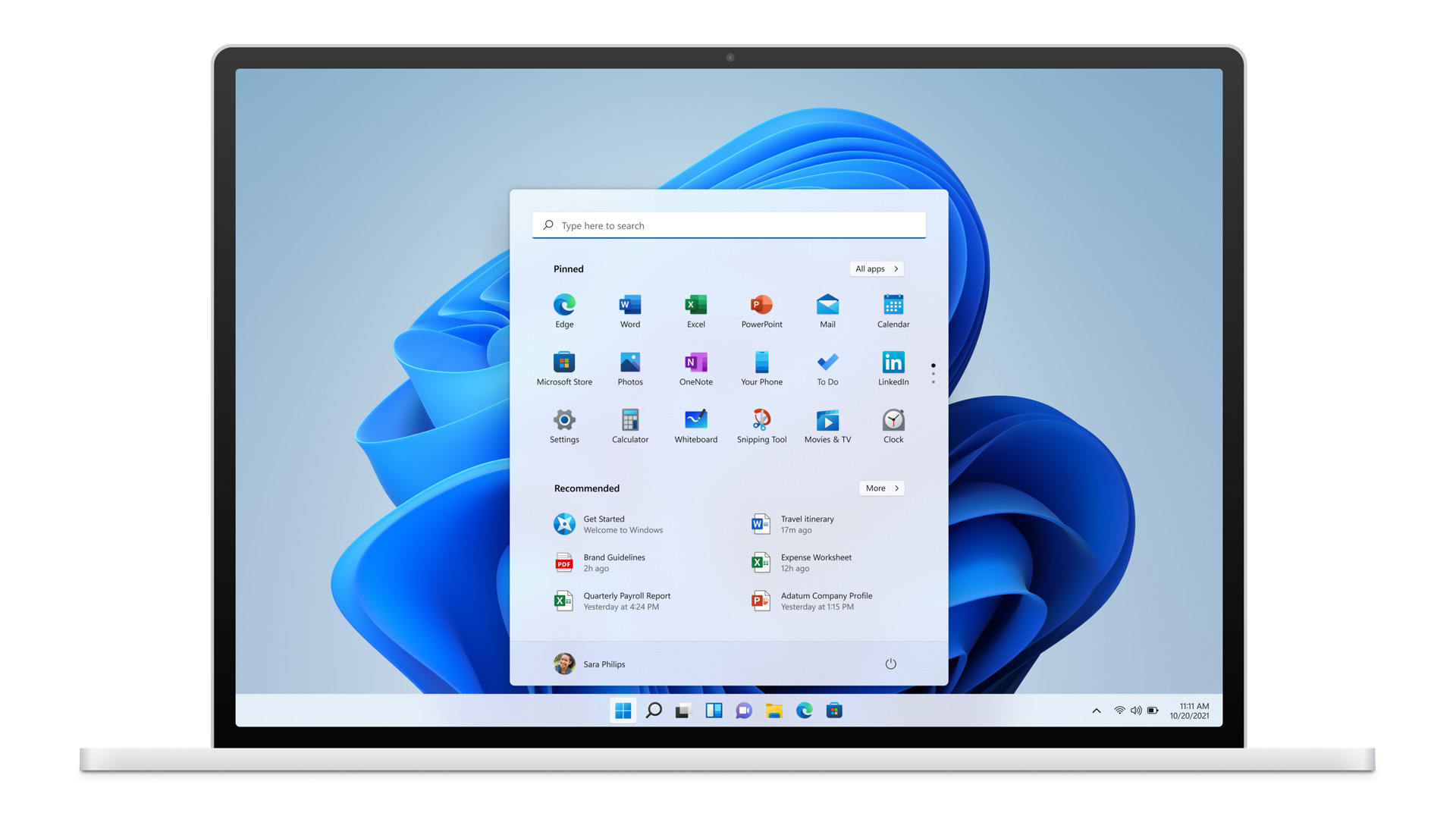Are you concerned about the battery life of your Windows 11 laptop? Battery health is a crucial factor in determining how long your device can run on a single charge and whether it requires a battery replacement. In this comprehensive guide, we will walk you through the steps to check and improve the battery health of your Windows 11 laptop. By following these simple instructions, you can ensure optimal battery performance and prolong the lifespan of your device.
Why Battery Health Matters
Before we dive into the process of checking battery health on Windows 11, let’s understand why it is essential. The battery life of a laptop or tablet plays a vital role in determining how long you can use your device on the go. Whether you’re a business professional relying on your laptop for work or a gaming enthusiast indulging in long gaming sessions, a healthy battery is crucial for uninterrupted usage. By monitoring and optimizing your battery health, you can identify any energy problems and take necessary actions to ensure your device’s longevity.
Checking Battery Health on Windows 11
Windows 11 offers a built-in command-line tool that allows you to analyze your battery usage over time and generate a battery health report. This report provides valuable insights into your battery’s specifications, energy usage, estimated battery life, and other details that can help you determine whether a battery replacement is necessary.
Step 1: Open Command Prompt as Administrator
To begin checking your battery health, you need to open Command Prompt with administrative privileges. Follow these steps:
- Click on the Start button in the taskbar.
- Search for Command Prompt.
- Right-click on the Command Prompt app and select Run as administrator.
Step 2: Generate the Battery Health Report
Once you have Command Prompt open with administrative privileges, you can generate the battery health report using the following command:
powercfg /batteryreport /output "C:\battery_report.html"
After entering the command, press Enter to execute it. This command instructs Windows to create a battery report and save it as an HTML file named “battery_report.html” in the C: drive.
Step 3: Accessing the Battery Health Report
To access the battery health report, follow these steps:
- Open File Explorer.
- Click on This PC from the left pane.
- Double-click on the “C” drive.
- Locate the battery_report.html file and double-click it to open it in your default web browser.
The battery report consists of several sections that provide detailed information about your laptop’s battery health and usage.
Interpreting the Battery Health Report
The battery health report is divided into multiple sections, each providing valuable insights into your battery’s performance. Let’s explore the key sections of the report:
Installed Batteries
This section provides an overview of the battery installed on your laptop, including its name, manufacturer, serial number, chemistry, design capacity, and cycle count. The design capacity indicates the battery’s original capacity, while the cycle count represents the number of charge-discharge cycles it has undergone.
To determine whether your battery needs replacement, pay attention to the “design capacity” and “full charge capacity” values. If the full charge capacity drops significantly (less than 50% of the design capacity), it may indicate that your battery should be replaced.
Recent Usage
The “Recent Usage” section displays information about your laptop’s activity, such as when it was active, suspended, or in connected standby mode. This information can help you identify any anomalous behavior or unexpected battery drain caused by your device waking up at random times.
Battery Usage
The “Battery Usage” section presents a graph that illustrates the battery drain over the last three days. By analyzing this graph, you can identify patterns and understand how your usage affects battery life.
Usage History
The “Usage History” section tracks the duration your laptop has been using battery power and when it was connected to an electrical outlet. This information can help you identify trends and make adjustments to optimize battery usage.
Battery Capacity History
The “Battery Capacity History” section provides a historical view of your battery’s charge capacity. By monitoring this data, you can identify any significant changes in your battery’s capacity over time.
Battery Life Estimates
The “Battery Life Estimates” section predicts the battery life based on observed drains. It provides an estimate of how long your battery is expected to last under typical usage conditions. Note that these estimates may vary based on your usage patterns and settings.
Tips to Improve Battery Health
While checking your battery health is essential, taking steps to improve and maintain it can significantly extend your battery’s lifespan. Here are some tips to optimize your battery health on Windows 11:
- Adjust Power Settings: Modify your power plan settings to optimize battery usage. Reduce screen brightness, enable power-saving modes, and adjust idle times for sleep and hibernation.
- Manage Background Apps: Close unnecessary apps and processes running in the background, as they can drain your battery. Use the Windows Task Manager to monitor and close resource-intensive applications.
- Update Device Drivers: Keep your device drivers up to date to ensure compatibility and enhance power efficiency. Visit the manufacturer’s website or use Windows Update to check for driver updates.
- Limit Unnecessary External Devices: Disconnect external devices like USB drives, printers, or Bluetooth devices when not in use. These devices consume power even when idle.
- Enable Battery Saver Mode: Windows 11 includes a Battery Saver mode that conserves battery life by reducing background activity and adjusting system settings. Activate Battery Saver mode when your battery is running low.
- Avoid Extreme Temperatures: Exposure to extreme temperatures can degrade your battery’s performance. Avoid exposing your laptop to excessive heat or cold, and store it in a cool, dry place when not in use.
By following these tips and regularly monitoring your battery health, you can maximize the lifespan of your Windows 11 laptop’s battery and ensure optimal performance.
Conclusion
Checking and improving battery health is essential to ensure that your Windows 11 laptop performs optimally and lasts longer on a single charge. By following the steps outlined in this guide and implementing the provided tips, you can monitor your battery’s health, identify any issues, and take appropriate actions to enhance its performance. Remember, a healthy battery is key to a seamless and uninterrupted computing experience.
Experiencing difficulties with your Device, check out our “How To” page on how to resolve some of these issues.









1 comment